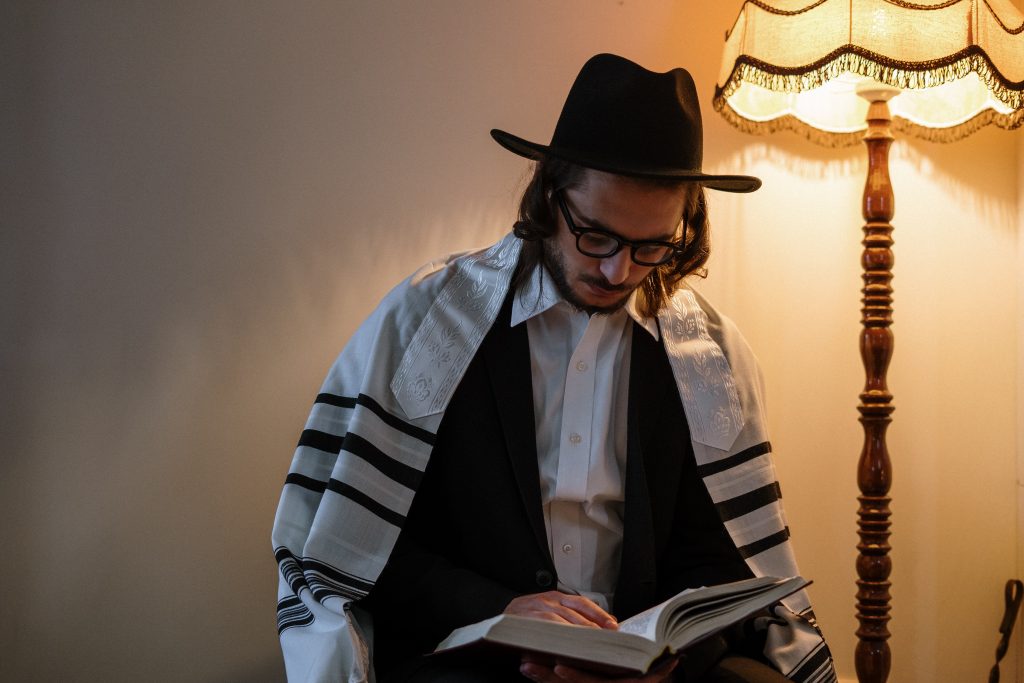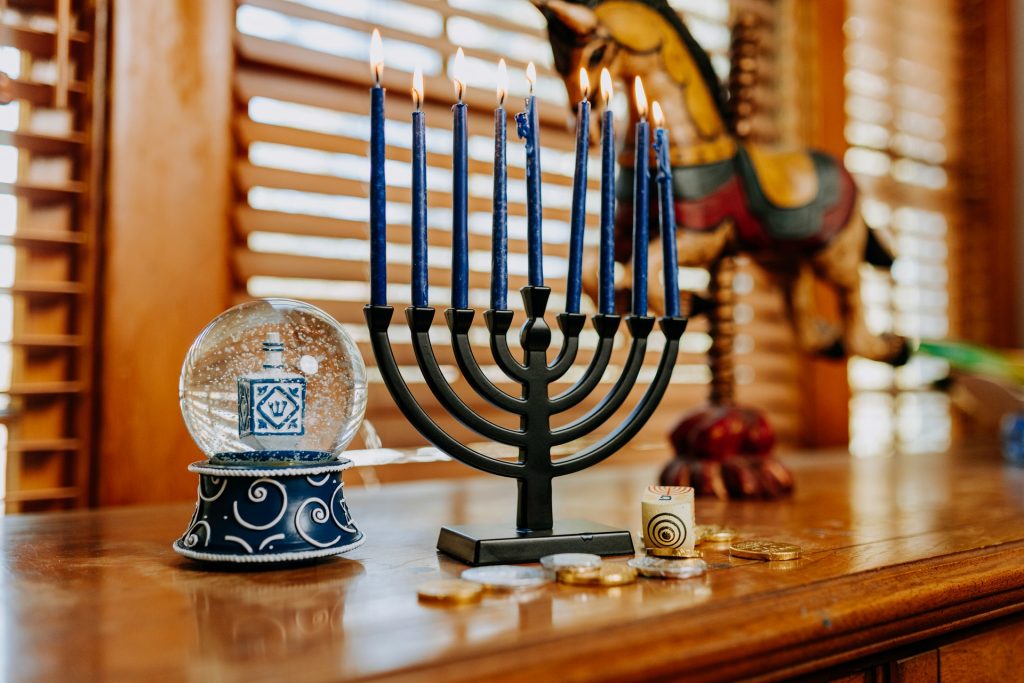You’ve most likely seen them all over – Cut of Meat, Bowl With Spoon, Dumpling, Pancakes – however do you recognize just how to use them? Allow us help you! Use these straightforward food preparation emojis to reveal your thoughts to your mommy. She’ll be pleasantly stunned! Below are one of the most generally made use of cooking emojis: https://www.allmyfaves.com/emojibag
Cut Of Meat
The emoji for “cut of meat” is an usual icon utilized in conversations concerning food preparation. This symbol depicts raw red meat with light white fat marbling. Although it might be used for food preparation, it can also be vernacular for sexual relations. In 2017, the Cut of Meat emoji was accepted as part of the Unicode language and was contributed to the Emoji 5.0 criterion.
Bowl With Spoon
Among the most typical food preparation emojis is the Bowl With Spoon, which reveals a dish with a spoon in the facility. This emoji is used to consume soup or cereal. Although the bowl might differ somewhat relying on the system, the contents of the dish are the same. WhatsApp’s version includes tomato soup, while Google’s version reveals breakfast grain. The Dish With Spoon was accepted as part of the Unicode 10.0 common in 2017, and also it has been taken on right into Emoji 5.0.
This emoji was originally labeled Confront with Appearance of Accomplishment. While most individuals associate it with temper, frustration, and nuisance, this emoji has a lot more diverse meanings. In some societies, it may likewise symbolize pride, supremacy, and also empowerment. When used this way, it’s often made use of to speak to mothers generally, due to its link to being a mother.
Dumpling
There are a couple of different ways to make use of the dumpling food preparation emoji. One example is when Yiying Lu uses the Messages application on her iPhone to chat with Jennifer Lee. In the conversation, Yiying was thrilled to prepare Chinese dumplings for Jennifer in San Francisco. So she incorporated an emoji for dumpling cooking to reveal her exhilaration. Therefore, Jennifer Lee was delighted with Yiying’s message.
One of the most typical way to use the dumpling food preparation emoji is when you’re talking to your mommy. It’s a common gesture among moms, as well as emoji for dumpling food preparation are prominent with teens. Interestingly, the dumpling cooking emoji has words “hun dun” in Chinese, which is a term that has been associated with primaeval disorder. The dumplings’ name, “hun dun,” is the Chinese word for wonton, which has been related to primaeval turmoil for centuries. As a result, Yiying’s emoji was a representation of her very own childhood years. As a mother, she understood the link between dumplings as well as prehistoric chaos.
Pancakes
It is not weird if you enjoy ice cream in the wintertime. Yet if you’re speaking with your mother in an unscripted way, cooking emojis could be a terrific way to show her your love for her favorite wonderful reward. It is additionally amusing to show your gratitude by revealing your interest by cooking a recipe she enjoys. Below’s exactly how you can do it.
The hand motion is an icon for visibility as well as honesty. It is frequently made use of to express a desire to hug somebody or praise them for an excellent efficiency. It’s additionally used to praise achievements and celebrate heroic tasks. Palms encountering up can signify praying or a book. It can additionally imply “it’s fine!”
Glass of Milk
A prominent emoji that’s often utilized when talking to moms is the “Glass of Milk.” While it seems innocent, this icon can be a provocative one. The symbol is often made use of by white nationalists like Richard Spencer, that is implicated of bigotry. Nonetheless, he swiftly transformed his stance, and also rather utilizes the provocative “Pepe” emoji.
Another typical emoji for speaking to mothers is “glass of milk.” It shows a tall glass of milk, which can be from a cow, a plant, or other pet. It is commonly shown stuffed, though some platforms present it half-full. The emoji was authorized for use in Unicode 9.0 and Emoji 3.0 in 2016.
Egg
The emoji ‘egg’ represents the egg, and also is often used in conversations concerning eggs, food preparation, and also other breakfast foods. This popular icon is likewise used to discuss the vacation of Easter, which falls on April 4 in 2021. It can be seen alongside the Hatching Chick emoji, and also is also commonly seen during the Easter period. While these pictures have numerous meanings, there are 2 main ones that are typically seen together on social media: the Hatching Chick and also the Egg.
When speaking to mommies, you might discover that the frying pan with an egg emoji is commonly utilized. This is an usual photo to utilize, and also communicates cooking and frying an egg. One more common emoji for cooking an egg is the star at the end of a crescent. This emoji likewise means that the recipient is really feeling dizzy after seeing the star. While the frying pan is usually paired with a spoon as well as fork, it is sometimes utilized to share the word ‘egg’. Egg food preparation emojis are commonly used when speaking to moms as well as various other caretakers.
Shallow Frying Pan Of Food
The Shallow Frying pan Of Food food preparation emoticon is a level, shallow black frying pan with takes care of on both sides. The materials of the pan are a combination of rice, fish and shellfish, and vegetables. This emoji is usually made use of when talking with mommies, who will appreciate the emoji’s cooking design. The recipe itself is a Spanish staple. Originally from Valencia, Spain, paella is a rice-based meal made with veggies, poultry, and also seafood. It is a traditional Spanish dish that is commonly preferred in all regions of Spain, and is considered the world’s 7th wonder.
Another cooking emoji is the Egg, which illustrates an egg being cooked in a frying pan. The egg can be a grey or black egg, or it can have a drum stick in the center. The emoji is extensively used to share ideas of cooking as well as consuming, as well as is often connected with Spanish conventional meals, such as Paella.
Bento Box
The Bento Box cooking emoji is commonly used when captioning images of bento boxes, especially for mommies. Searches for this emoji have a tendency to raise around the beginning of the new school year since numerous moms make bento boxes for their kids. This emoji stands for an egg with yolk, as well as cooking activities, such as peeling an onion. It was contributed to the Emoji 1.0 embeded in 2015.
One of one of the most typical food preparation emojis is the dish with spoon. This can be vacant or filled with food, and also can vary in color and also material. This emoji is likewise frequently integrated with the Glass of Milk emoji. When used with a bowl and also spoon, this emoji can communicate a riddle or a message with no words. https://telegra.ph/Emojibag-05-24


